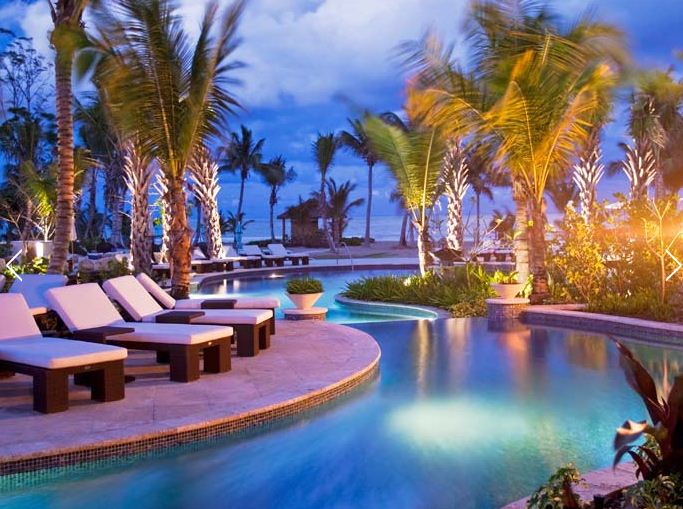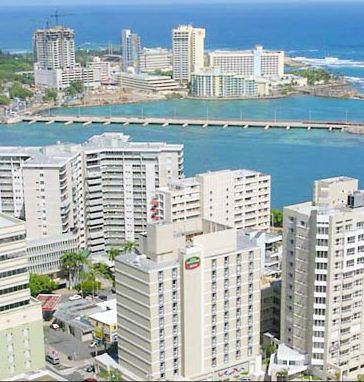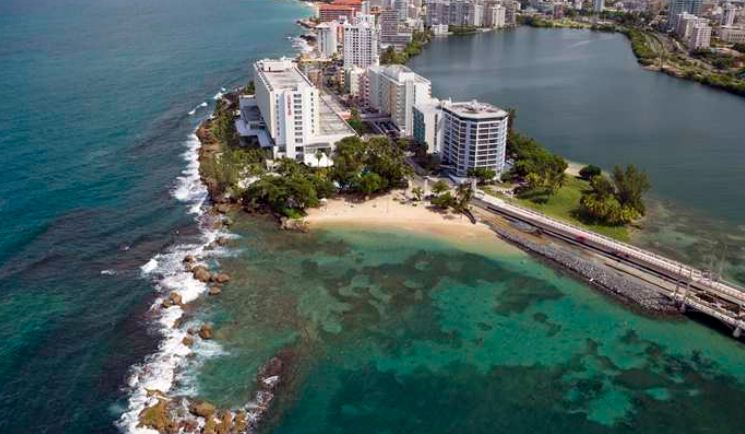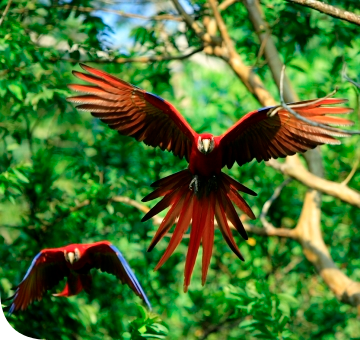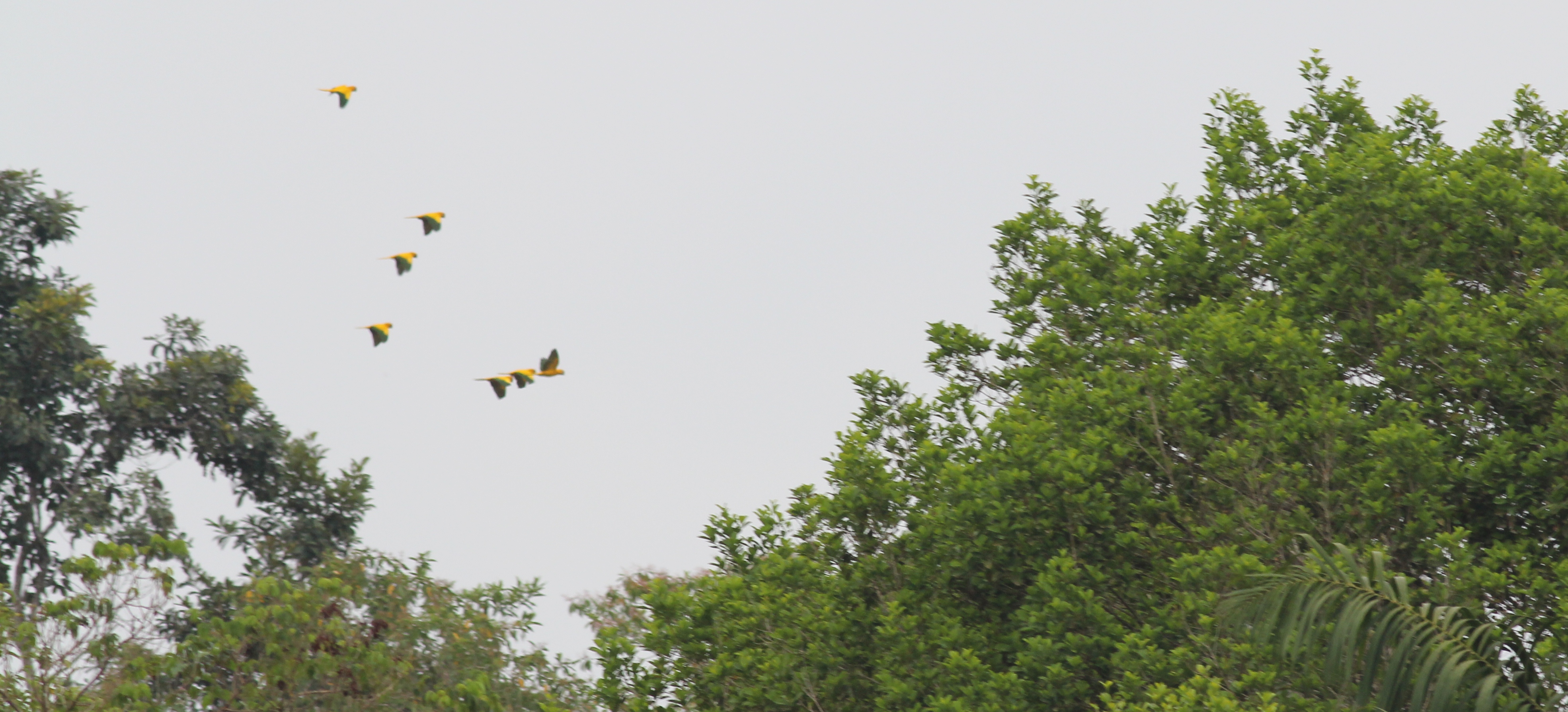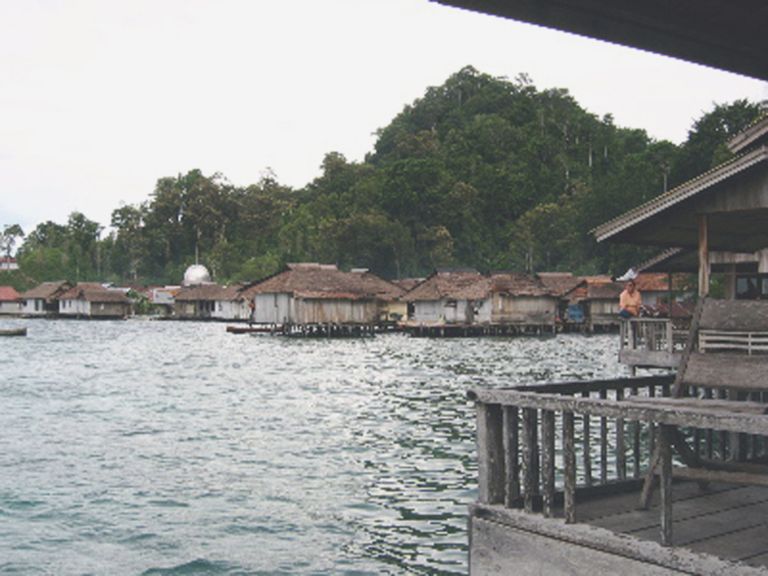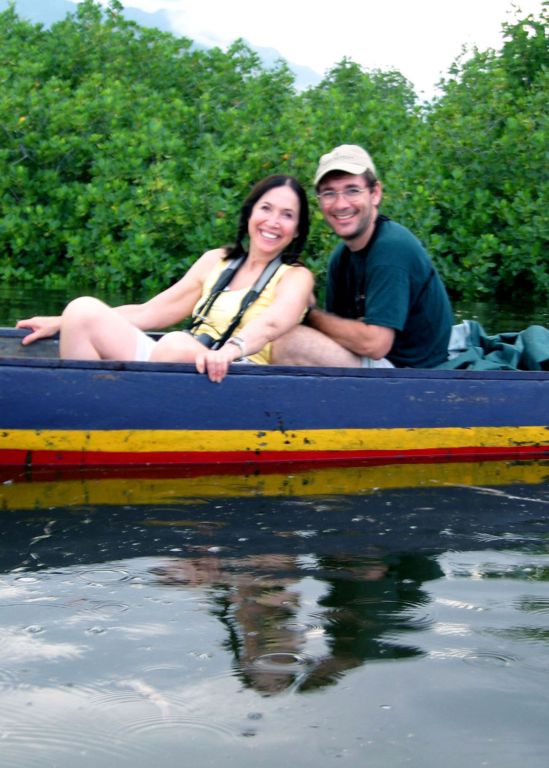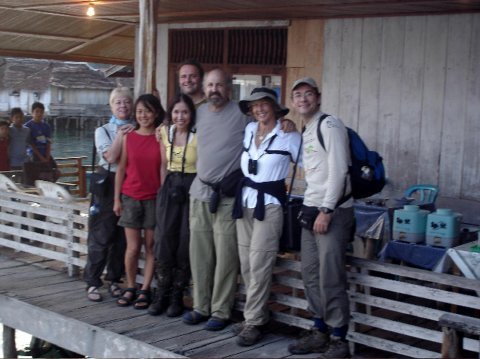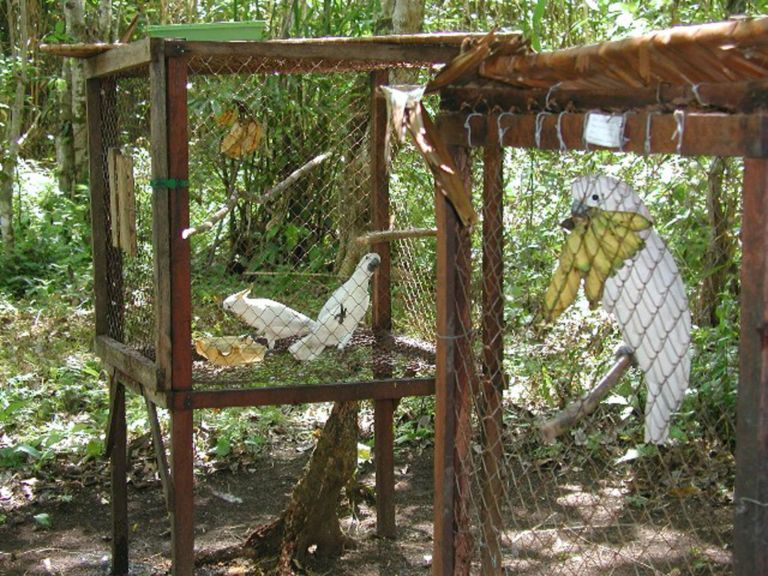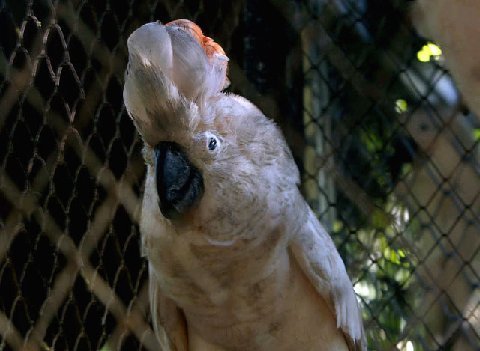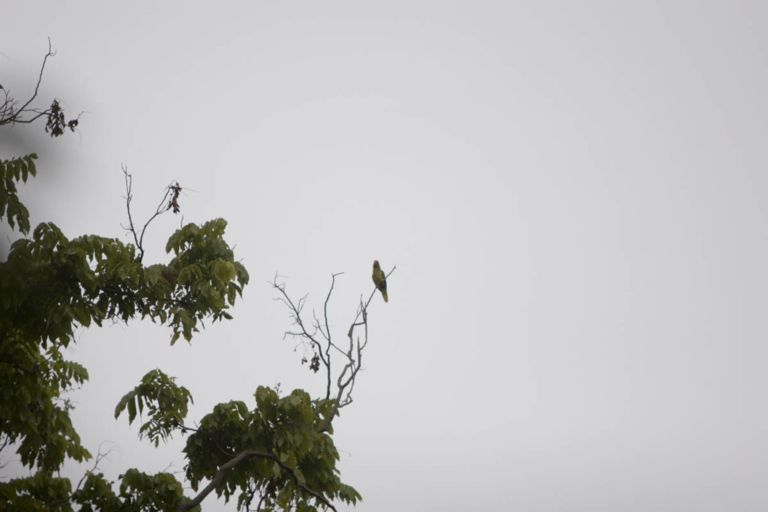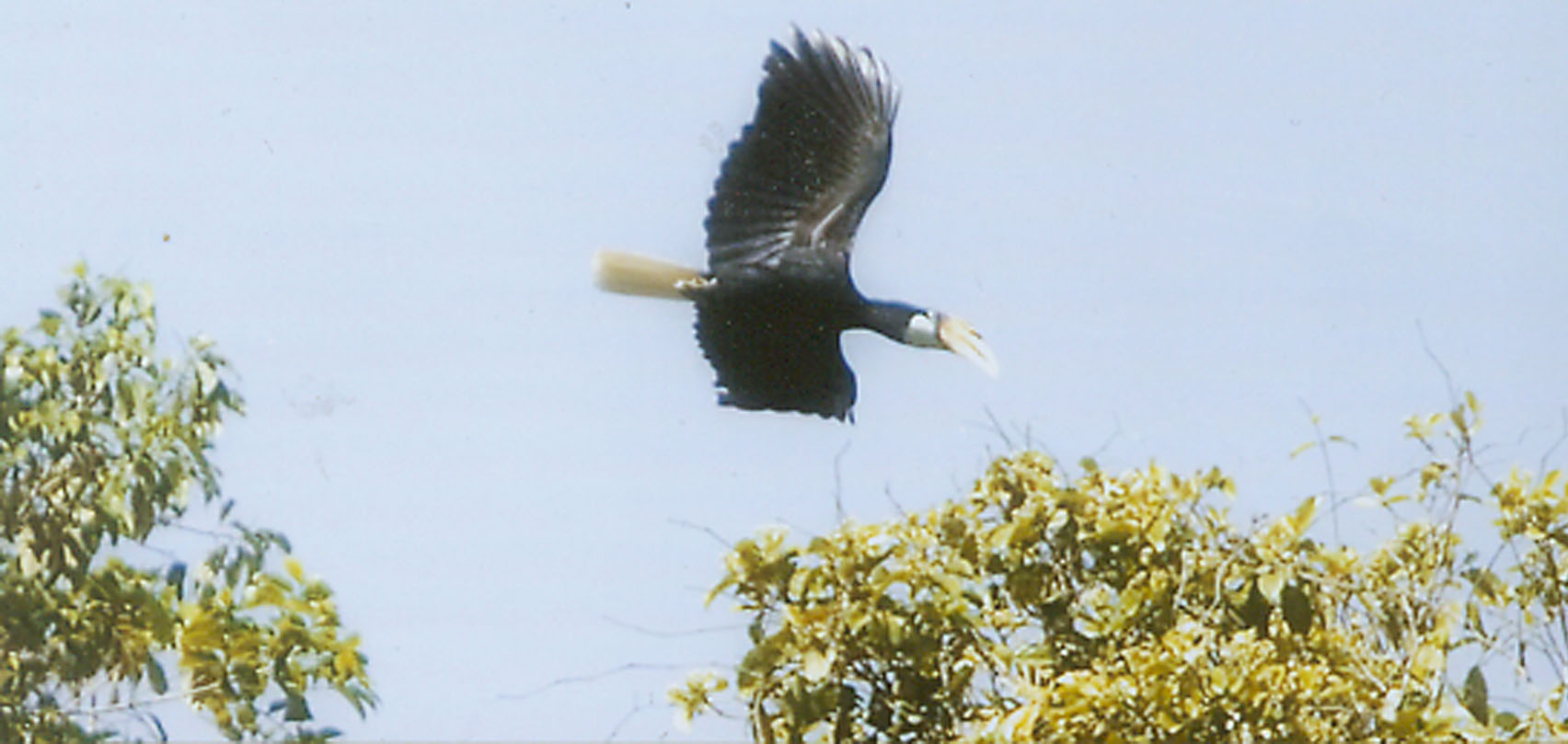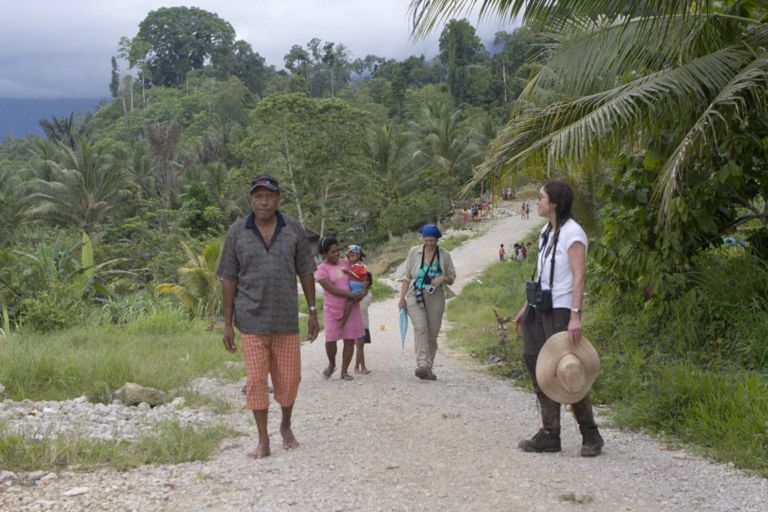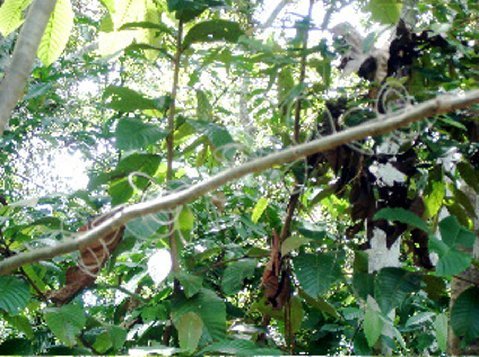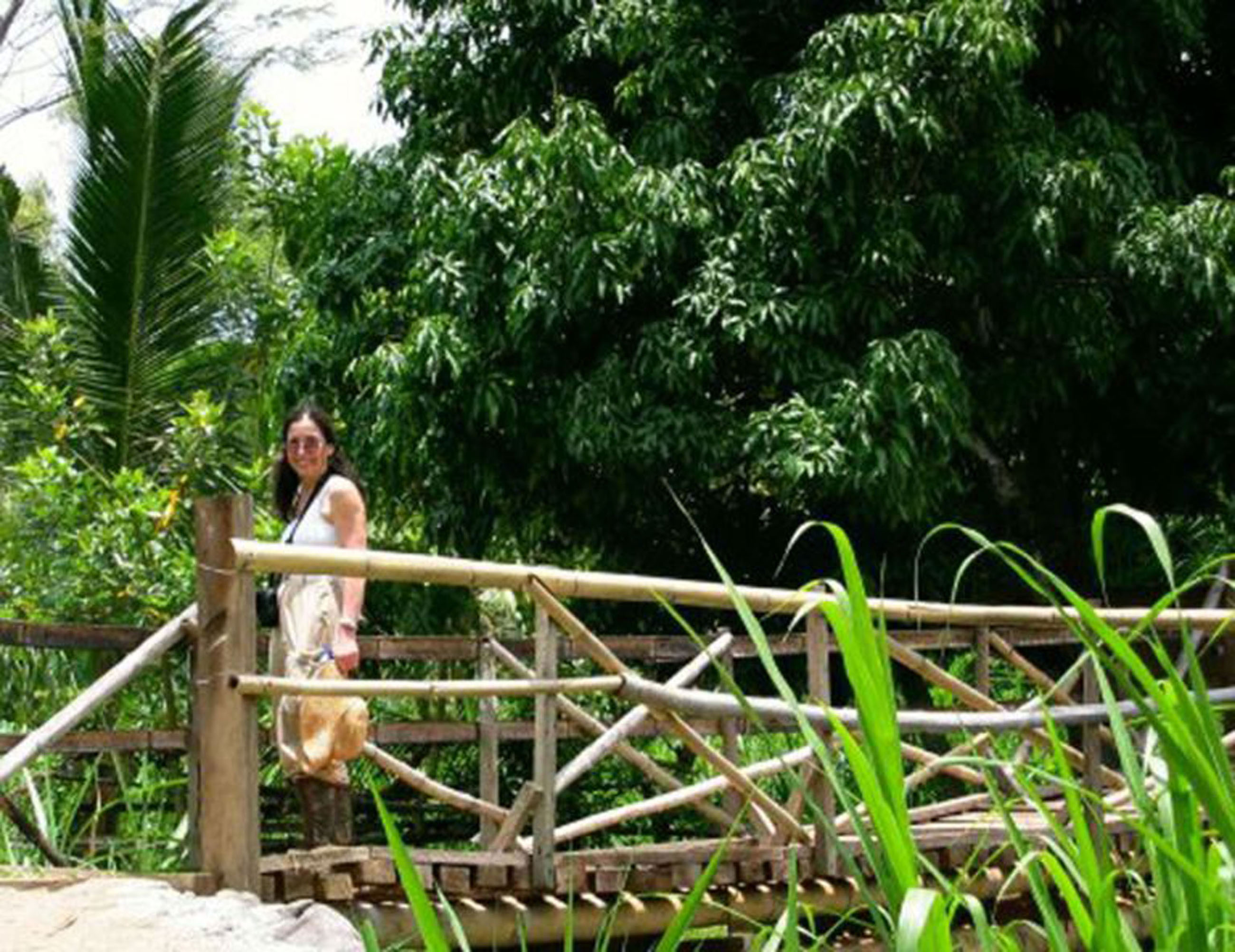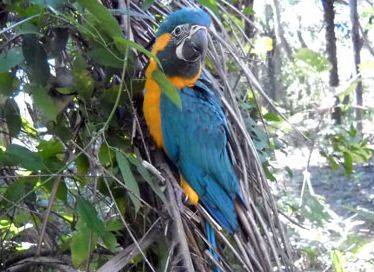A few days ago, when I blogged about Dream Trips; a friend of mine posted this story as a comment. I thought it was such an amazing, heartfelt story that it deserved its own post. The one thing I wish I had done before settling down was volunteer on a conservation project such as Tambopata Research Centre and Angela was fortunate enough to have done this. Her relationship with George the Macaw is so heartwarming, you will want to grab a box of tissues before you read this.
***********************************************************************************************************
Words and photography by Angela Cancilla Herschel
I wrote this after just getting home from Tambopata, Peru , Novemember 2004
Talk about culture shock….boy oh boy….warm showers? ..now how weird is that!
No bugs…..
ahhh…what planet am I on anyway?
Looked and looked ..spoke to the Shaman’s right hand man..spoke to X trappers ( now guides)…spoke to the riverboat workers….spoke to EVERYONE!..
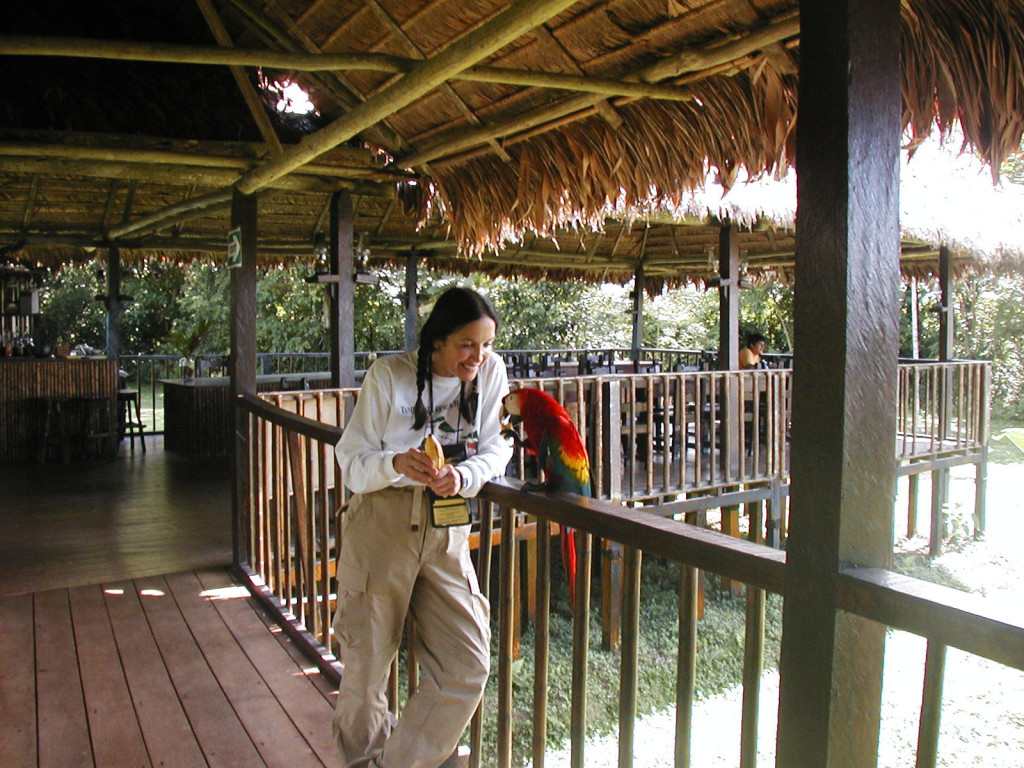
They tell me no one has ever seen a plucked or even a pluck”eed” bird…in fact their eyes glaze over when I ask them about it…..there just is no such creature in the rainforest they tell me …. what they don’t realize they are saying is that there is ..no such creature busy flying and free …I could show them …. sigh….. always one can be found boarding in any parrot store anywhere.
So …. NEVER… nada …zip… ziltch……. no where…do you ever see a feather picker or plucked feathered bird this is non existent…. and I mean …they don’t do it and die off .. and so therefore are not seen ….I mean they DON’T exist in the first place…..it is NEVER ….EVER seen!
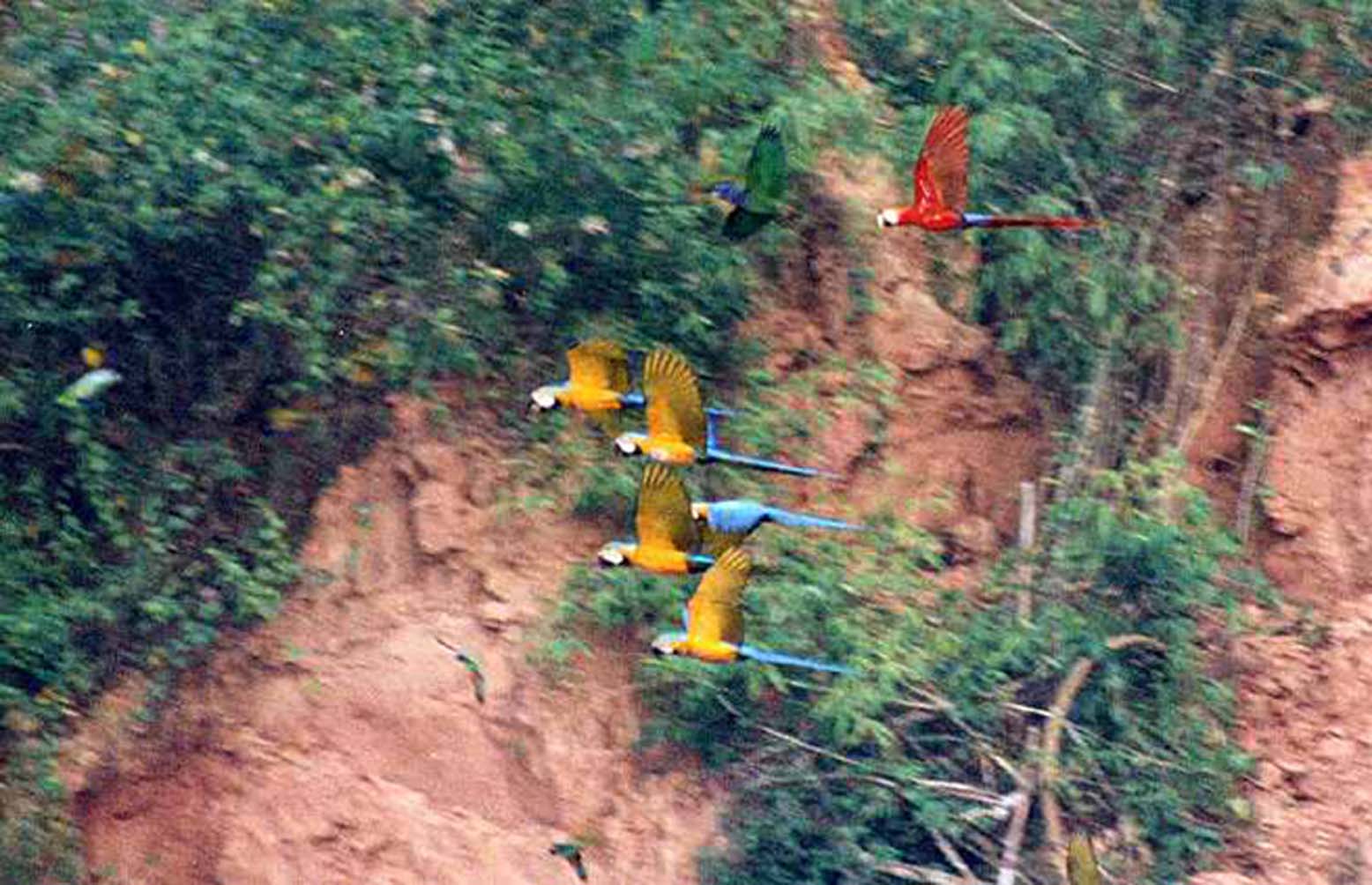
Tambopata is like seeing a miracle…you know …to see macaws , amazons, conures and Pi’s all flying free in breathtakingly IT’S UNBELIEVABLE!! .. You know they never ever I mean EVER go on the ground … they even drink water from the treetop rainwater “pools”…and they eat lots of greens ..and nuts and seeds and sort of green seeds ( so yep fresh sprouts are great!) and not a lot of fruits …(nope) but again lots of GREENS some fruits from the ornamental palms we often see here in California and other mild winter areas ..you know many of the “fig fruits” that are date like and often turn yellow as they age….take a look and if you can you might start to notice them … The macaws even eat the seed bell pods from the fern leaf blue flowering Jacaranda tree (that I was worried might be poisonous and over my aviary) …that I found growing every where in the Tambopata rainforest and is ..I still can’t belive my luck when I built the aviary right under this tree ….it’s from their natural homeland!
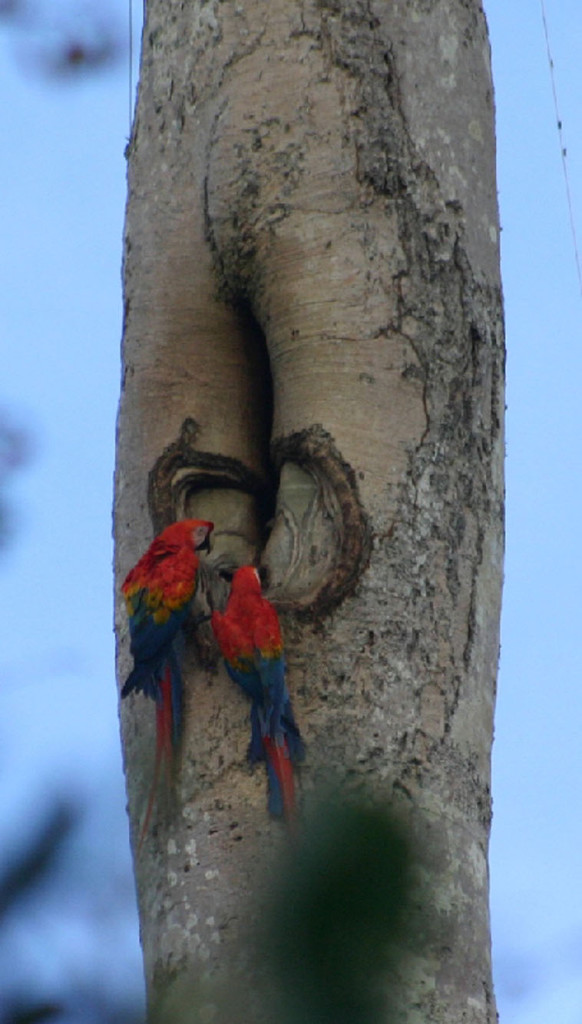
You didn’t need an alarm clock or wake up …at a little after 4:00AM the sound of the Howler monkey greeted you to every morning ….sort of like a giant wind tunnel next to a huge jaguar!! How in the world does he make that sound anyway?
I was there helping log nest and clay lick data for Dr. Don Brightsmith so here is more information :
http://www.duke.edu/~djb4
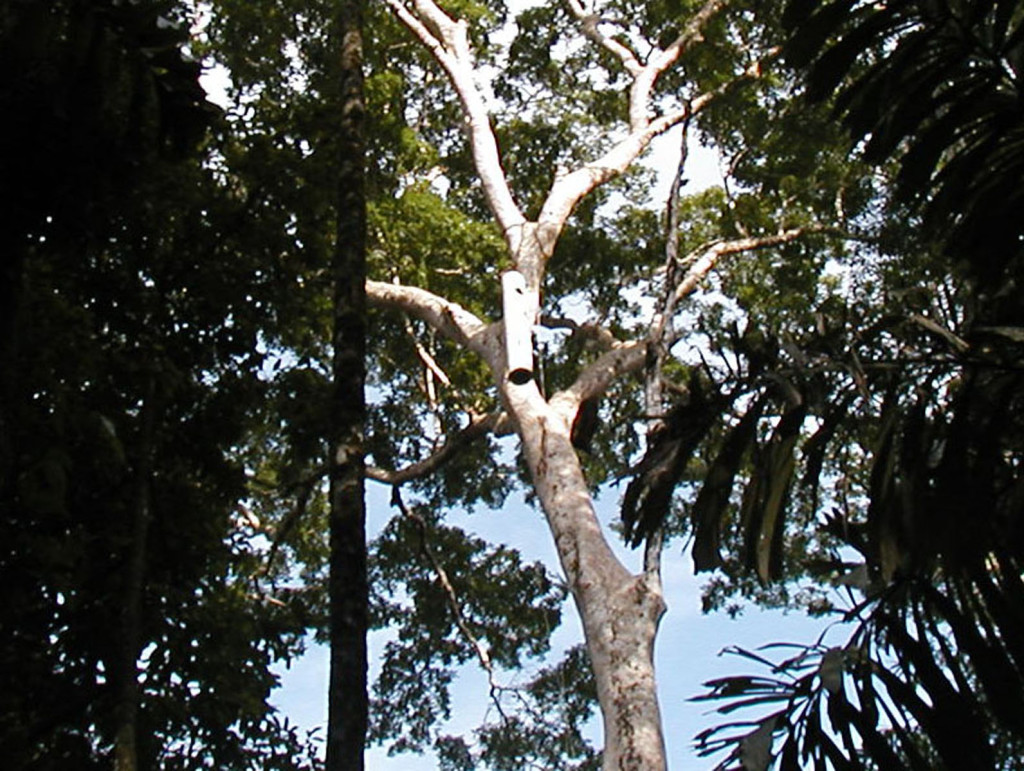
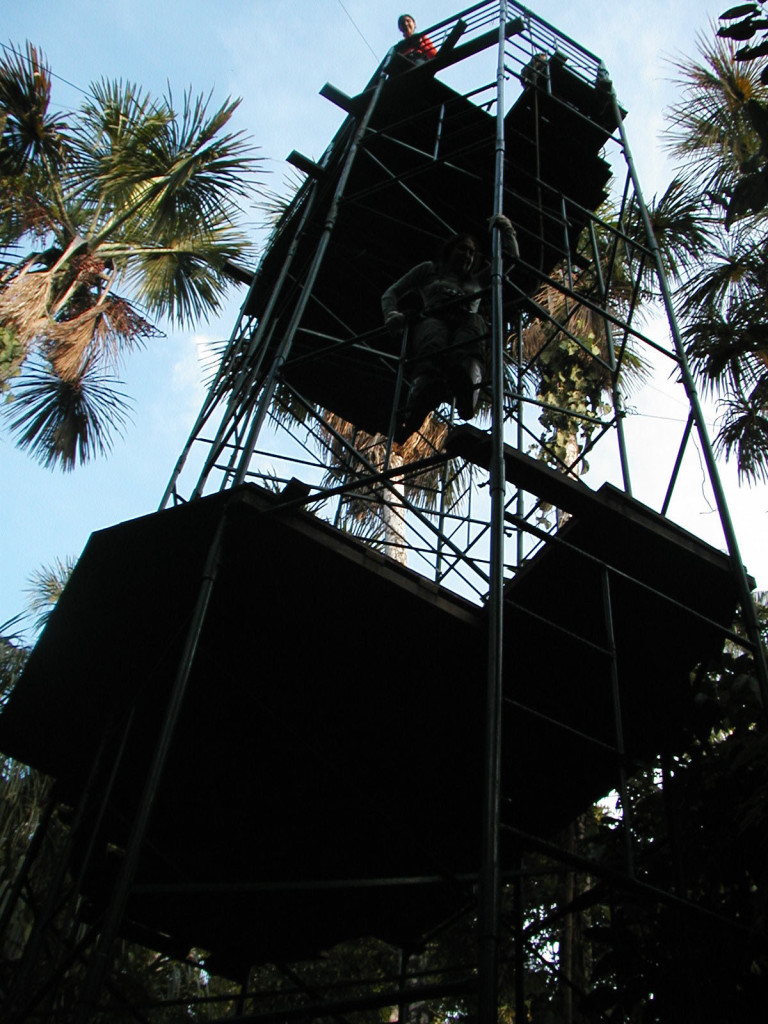
There was a special thing I had to do in the rainforest…. while there I was to leave a part of George a scarlet macaw the spokesbird for the rescue fund raiser held every year by Parrot Festival in Houston,TX ..I wanted a part of “George” to return to the Peruvian rainforest, the land of his birth.
George came to live with Festival Director Brenda Adams and Brenda wrote this about him:
“In 2000, he was asked to be the Rescue Awareness Spokesbird for The National Parrot Rescue & Preservation Foundation. It was at our annual educational conference, Parrot Festival, that he made friends with Chris Davis. She shared his story with people all over the world when she wrote a beautiful article about him in the August 2000 issue of Bird Talk. Since then, she had kept readers updated on George through her column.
There was something about George that drew people to him. I have known a lot of very special birds, but never one quite like George. When people met him, they never forgot him. He had a way of looking at you that made you realize how deep the spirit lies in these beautiful creatures. His story has been an inspiration to many, helping people to see that hardships can be overcome. But there is no doubt that seeing his picture, or actually meeting him, had a more profound effect. One of his good friends once made the observation ‘I can see the rainforest in his face.’ In a way, that said it all.”
George found happiness again when he came to live with Brenda at last. One has to wonder at what his life was like for the first half of it …while free , when he was a prince of the rainforest.”
Knowing there are 3 main subspecies of scarlet macaws and that the subspecies George belonged to can be found only in the Peruvian Amazon by the famous clay lick near the great Tambopata river (a tributary of the mighty Amazon river). It was easy to know the area of Peru that “George” originally had been taken from ……….and…so here is my story:
It is Tuesday November the 16th, 2004. I have been on the second shift, since 11:30AM, filing data here at the claylick with my team member Terry…viewing and recording how many macaws are on the clay lick every 5 minutes (how many blue and yellows ( blue and golds) how many red and greens ( greenwings), how many scarlets, amazons and others etc. Just saw a mated pair fly over my head of the extremely rare blue headed macaw ( they are the size of a severe …aka chestut fronted )….incredible to see ….sigh.
And then I see him again.
Same gorgeous “magenta” dragon fly ..”no kidding magenta!”……it is three times now and he keeps coming right in front of me hovering in my eyes, very, very still in mid air…he is magical… “It is time,” he says. …”It is time.” And so it dawns on me …. he is telling me that there in front of the ancient clay lick once long ago a special scarlet macaw many of us have come to know of as “George” came to this very clay lick with his mate.
And that is how it came to pass that at 12:35 PM , Peruvian time, on Tuesday November the 16th in the year 2004…..
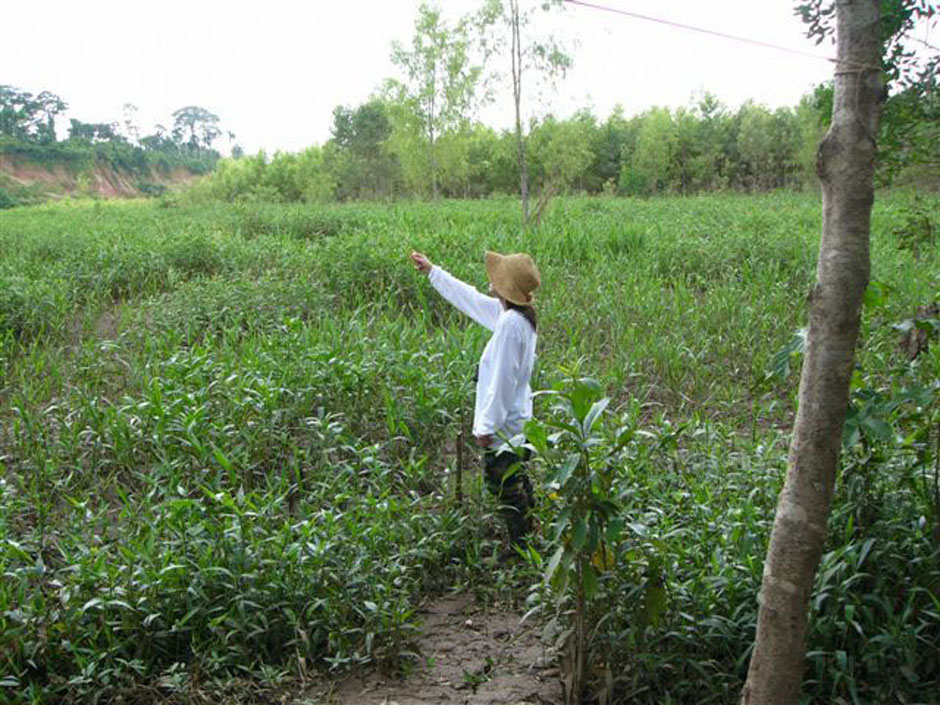
I got up and walked over and released the brilliant red chest feathers of that wonderful wild caught old scarlet macaw …..that so many loved…and in doing so a part of “George”, could touch the soil of his beloved old home once again…..and that the Tambopata clay lick .. was the one place for sure that wonderful old bird would have visited …..long ago,when he was free and proud and a prince of the rainforest.
George is no longer crippled in one wing or blind in one eye (caused by his capture so very long ago ) …he is now back with his old mate flying from tree to celestial tree….screaming at the top of his lungs….he is a prince once again.
George, left our Earth over a year ago due to old age….but his feathers and my footprints are still there
*****************************************************************************************************
Notes from Tara:
If this story inspires you to visit Tambopata for yourself, please see my series on how to get to Peru and out to Tambopata, step by step. It starts here and there are links to the other posts in the series.
If you would like to apply as a volunteer at Tambopata Research Centre, please visit their website.

